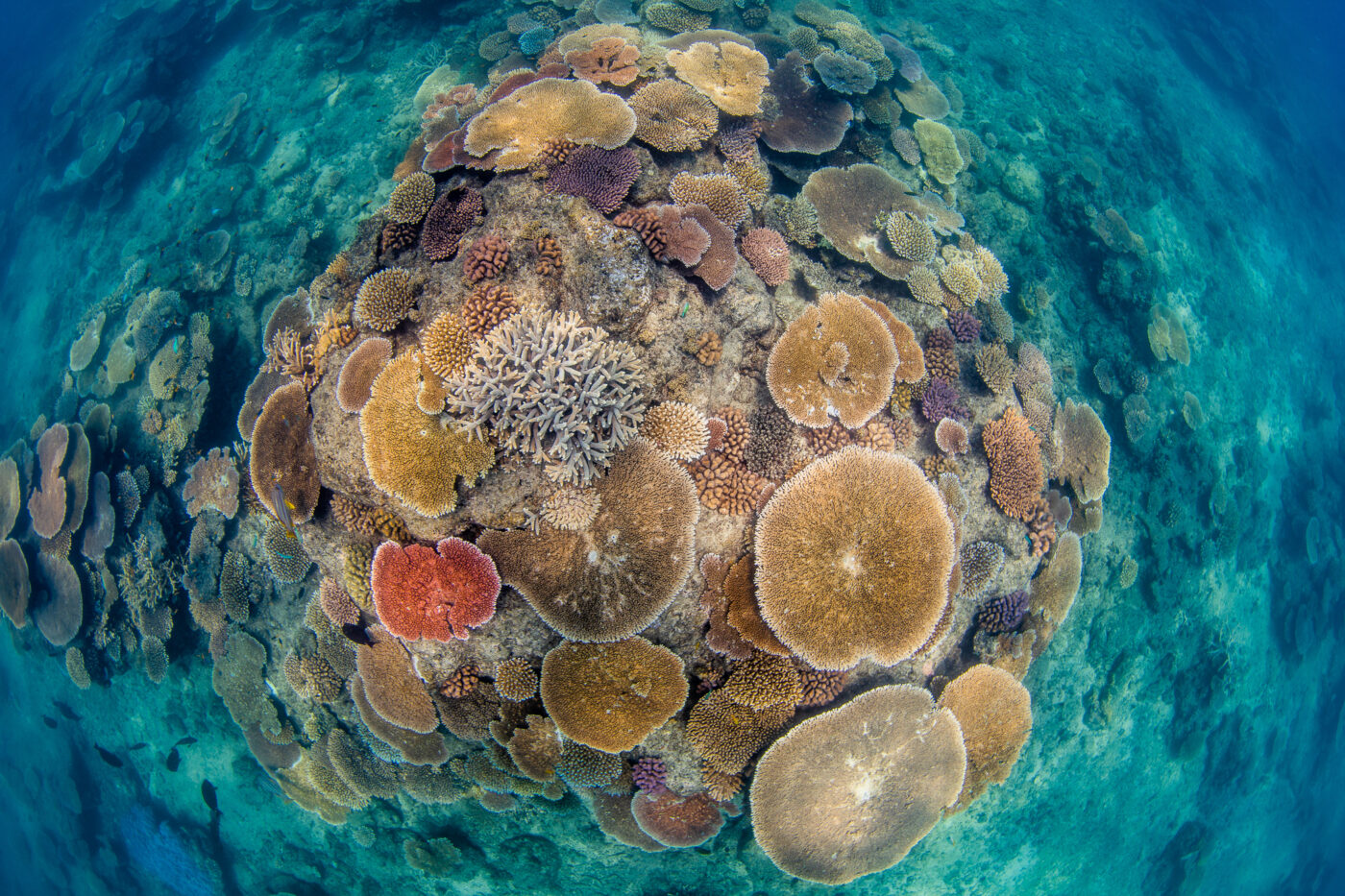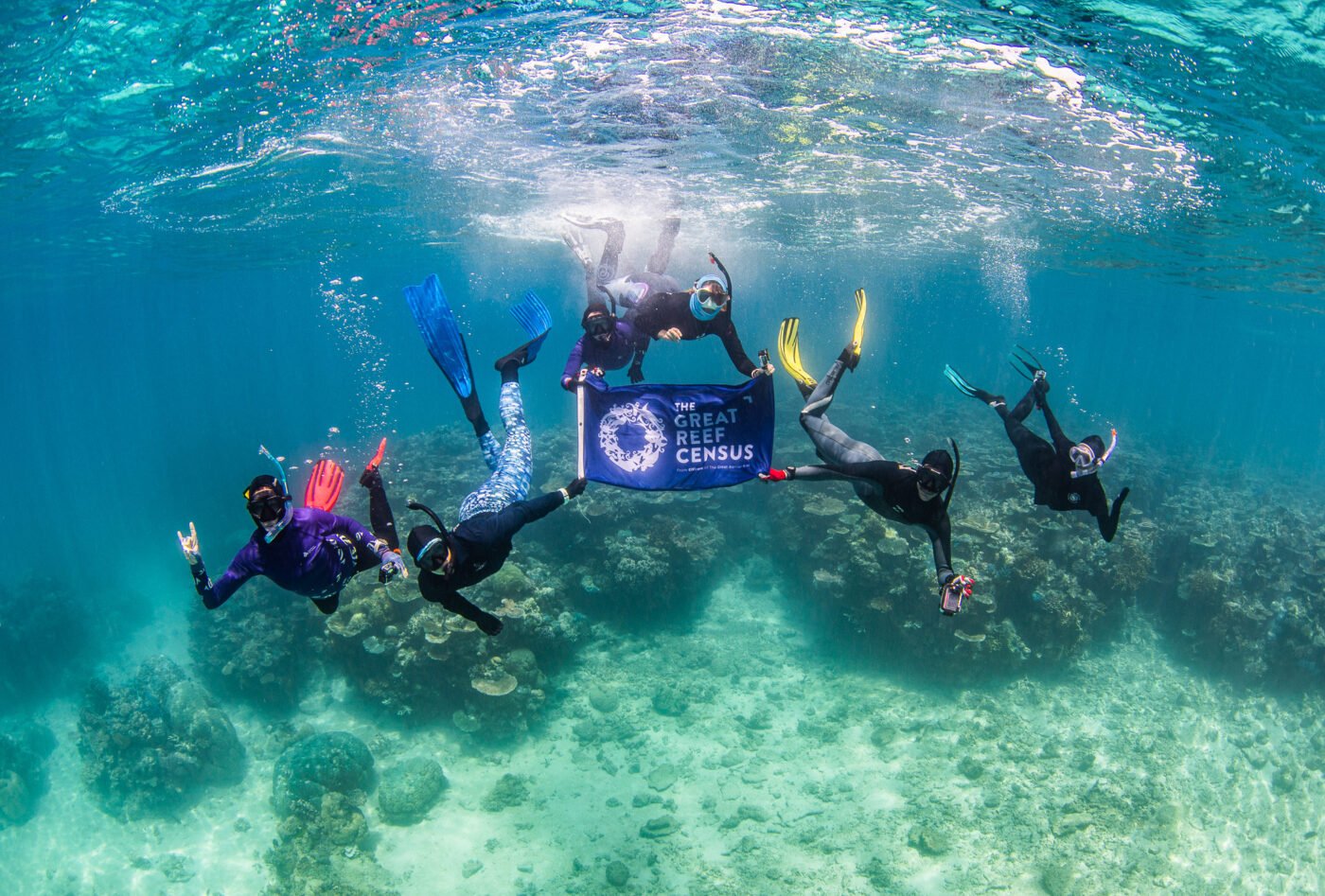There has been a lot of exposure on the advantages and pitfalls of Artificial Intelligence and how its impact will be seen across all areas of society such as social media, design, business, and gaming to name a few. Many are arguing that the power of AI is so potent that it could eradicate the need for human input. However it’s worth examining AI’s contribution to meaningful human endeavours such as the conservation of our precious planet and its natural wonders including The Great Barrier Reef.

The Great Barrier Reef is home to thousands of species of marine life and is the world’s largest coral reef system; but rising sea temperatures, ocean acidification, and increasing waste and contamination are damaging the reef.
Humanity is at a tipping point. It is clear that human effort is required to face the climate and conservation crisis. Premiering on June 5th is the Stan Original Documentary Revealed Reefshot which follows the incredible work of Andy Ridley, CEO and Founder of Citizens of the Great Barrier Reef, and his passionate team as well as the other key stakeholders in the fight to save our reef.
This brilliant documentary outlines a people-powered conservation model that empowers everyday citizens around the world to take meaningful action and to be part of the solution.

The Great Reef census movement was formed to galvinize people into action to help find a solution. Every year, an array of people from flotillas of dive boats, tourism vessels, super yachts, fishing charters, tug boats and island operations take part in capturing tens of thousands of survey images from hundreds of reefs across the Great Barrier Reef.
This joint effort has significantly helped document reef images and once collated – using the AI team at Dell Computers, the data is then used to enable scientists to extract meaningful information, such as which reef systems need more support.
The documentary in particular highlights Crown of Thorn starfish, which impacts around 40 percent of the coral loss of the reef, because of these shots from the Reef Census movement, outbreaks of these invasive starfish can be much more effectively managed.

Google partnered up with CSIRO and the Kaggle data science community to also develop AI technology to assist scientists such as the ones studying the Great Barrier Reef to analyse underwater images. A machine learning model was trained to identify Crown of Thorn Starfish and create a map with GPS location to target all the different starfish, so divers could go out and quickly suppress the outbreaks. A test was conducted with a human with a Go Pro, the human detected one Crown of Thorn Starfish and the object detection modelled picked up 20. This AI technology is far less time consuming and helps with the efficiency of reef conservation.
Google said in a statement about the tech used for the Great Barrier Reef.
“We believe AI technology has the potential to help research into other environmental challenges around the world,”
Whilst human effort is essential for environmental conservation and we can still be educated and empowered to play our part for the environment. AI could continue to be a game changer in the speed and effectiveness of which it is done.
Watch this video below about how you can help the charity, Citizens of the Great Barrier Reef
You can also watch an early video on GameChangers.com.au filmed shortly after Andy Ridley launched Citizens of the Great Barrier Reef.
All images by photographer Nicole McLachlan for Citizens of the Great Barrier Reef





